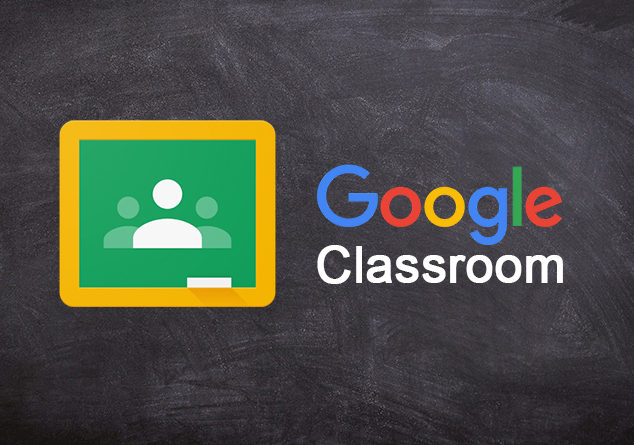In recent years, structured tests have spread widely in the Italian school, also thanks to external assessments, both national and international. “Structured tests” are are all those tools used for checking knowledge, skills and competences consisting of a series of items (questions), whose answers and scores are predetermined. This type of test is also called objective (or test) as it allows you to establish a priori (at the same time as the construction of the test) the score to be attributed to each question depending on whether the answer provided is correct or incorrect and the its correction is independent of the revisor.
In addition, therefore, to the elimination of the examiner’s subjectivity, the structured tests give the certainty of asking everyone for the same identical task and are extremely economical both during the execution and evaluation phase. They allow to measure in an objective and standardized way certain knowledge and skills, even if obviously the formulation of the single questions and the construction of the test are entrusted to the professionalism of the teachers, who must in any case possess adequate skills in construction techniques to guarantee the validity of this type of test.
A great way to create a test as a quick assessment of students’ knowledge is Google Forms: within a module you can enter, in addition to a wide range of questions (short answer, paragraph, multiple choice, check boxes, list to descent, linear scale, multiple choice grid, etc.), dates and times, descriptions, images and videos. The module can also be divided into sections for a more orderly and easier administration of questions.
You can expect anyone to answer questions or that modules are assigned only to certain accounts; in the latter case, you will have the opportunity to acquire the username and decide whether they will be able to send a single response or modify those already given. You can associate points with questions, indicate which answers are correct and provide return messages for the right or wrong ones. In this way, those who complete the test will have feedback with the score obtained and any explanatory messages. You then receive the results as soon as they arrive and you can view the answers as a summary by individual user, within a spreadsheet or have the analysis of a survey with tables, graphs, indices and percentages.
Google Modules, therefore, allows you to print a test that has just been carried out, with the evaluation already calculated, automatically extract the answers given by the pupils with the errors made and the mark established for each student, make the results of a verification available for their students in the shortest possible time, to know in a short time how many have filled in a form and what they answered to each question.
It also allows you to collaborate with other people in the realization of a test by sharing it with them: each user can work on one field at a time; for example, if you are writing the text of a question, the other person will not be able to edit it, but will be able to write the comments or answers.
These tests are a perfect activity either at the beginning of the lesson or as a task before students leave the classroom; you can encourage team collaboration and reflection by inviting students to work with others to answer questions. Better training evaluations can also facilitate the creation of clear actions for teachers and students, because through simple and carefully prepared training assessments, it will be possible to reduce the time needed for student assessment.
Of course, in an educational landscape focused on measuring student achievement, it is important to keep the focus on the learning process and not only on the results, so well-constructed training checks can represent an efficient mechanism for teachers to measure learning students during class instead of waiting for a unit to end.
They must serve a defined purpose, be consistent with the
learning outcomes, meet the needs of the teacher and highlight the progress
made by each student in the learning process.
Do you use tests as a teaching method to measure learning?










